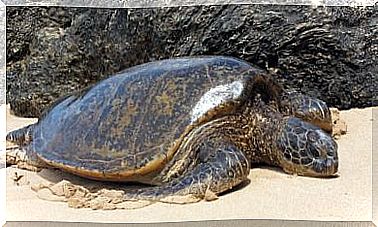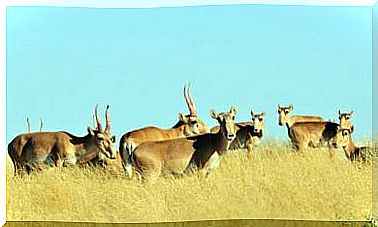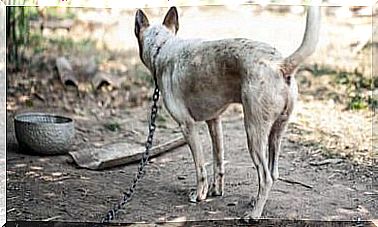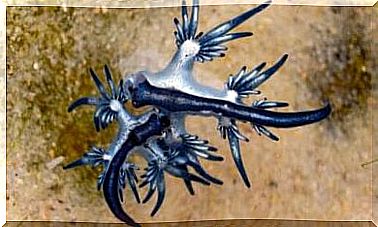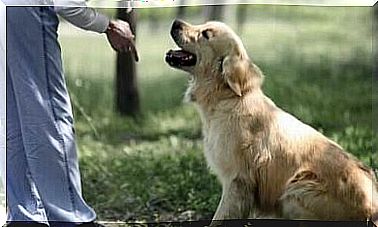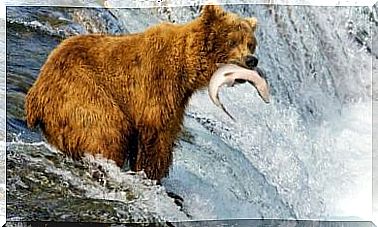What Is Paralysis And What Is It Used For?
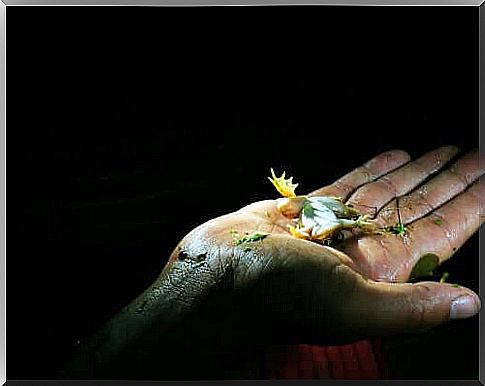
The horror mortis is a defensive type of behavior. The animal assumes a position in which it pretends to be dead. It does this to protect itself from possible predators.
Origin of expression
Scientifically called the terror Rigid Thanatose. This is a combination of the Greek words thanat (o), which means death and -o-sis, which means process. The combination of the two words has resulted in the expression “carry out the death penalty”.
Then the word was redefined in the field of zoology, which is why it is permissible and known today. It is explained as “the ability of some animals to pretend to be dead in dangerous situations.”
This evolutionary strategy against predators has other names as well, such as rigidity, play dead reflex, catalepsy, and akinesia .
Everything about numbness
The behavior of predators is very important as it determines, among other things, certain aspects such as nutrition and survival of both young and adult animals. Prey animals have developed specific strategies to confront predators. This also includes paralysis.
In ecology it has been observed that there is an interaction between a predator and its prey. This interaction is divided into several stages and begins with the proximity of the individuals. This is followed by detection, followed by identification, approach, contact, submission and finally consumption.
The paralysis is also known as the play dead reflex. This technique has been adopted by various species. The animals activate them when the predator is close to them or even after making contact with them.
Tonic immobility – tonic immobility (TI) in English – is another expression for this. It is believed that it prevents the predator from attacking again and that the predator no longer submits the prey in order to prevent it from fleeing.
Characteristics of paralysis
The main characteristics encountered in this strategy are the following:
- Catalepsy or immobility. Rigid posture assumed by a tonic, muscular activity.
- Waxy mobility of the limbs.
- Lack of external stimuli.
- The animals can remain in this posture for seconds, but also up to hours.
Paralysis is a different strategy than immobility or freezing, as the latter are used before the predator makes contact. It is also different from the mechanism animals use to deter a predator and protect vulnerable parts of the body. Rather, numbness is a last resort.
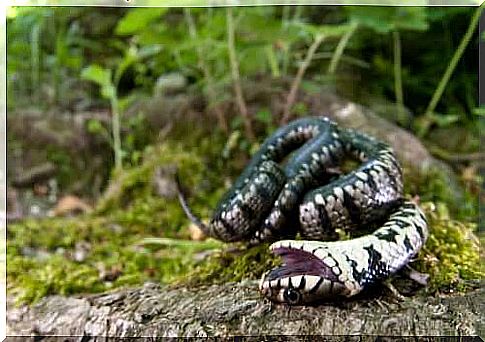
The process of paralysis ends as suddenly as it begins. The animal comes to itself again within seconds and is immediately fully productive again, although it was completely immobile before.
Until a few decades ago, there were only a few studies dealing with this phenomenon. Therefore this behavior is only recorded in a number of taxa, but it is believed that it persists in others.
Species that take advantage of paralysis
Various studies have shown in which taxa this type of strategy against predators can be observed. It is mainly carried out by invertebrates such as spiders, butterflies, beetles, ants, bees and wasps.
But they have also been seen in vertebrates. In concrete terms, it is about the groups of mammals, reptiles, fish, birds and amphibians.
However, the exact distribution of paralysis is not entirely clear in either vertebrates or invertebrates. Nevertheless, we will show you examples of this technique below.
Holotrochus hispanicus
This beetle has changed its morphology to adapt to the process of paralysis. Usually the animals retract their paws under their bodies.
This beetle, however, pulls in the different parts of its legs. In addition, its antennae tip backwards, into the comb over the eyes and into the eyes.
The position this species occupies results in a cylindrical body with no body part protruding.
Pisaura mirabilis
This hunting spider has an unusual way of using rigidity. It has been shown that the male spiders are much more attractive to the females when they bring them paralyzed prey. But for the female, a moving male can be more eye-catching than the paralyzed prey.
This is why the males go into paralysis after giving a gift to the female. The males only come out of the fright when the females begin to eat the prey. Once the male is active, mating begins.
It has been shown that not all males perform this behavior. However, it has been noticed that those males that go through rigor mortis are often more successful at mating.
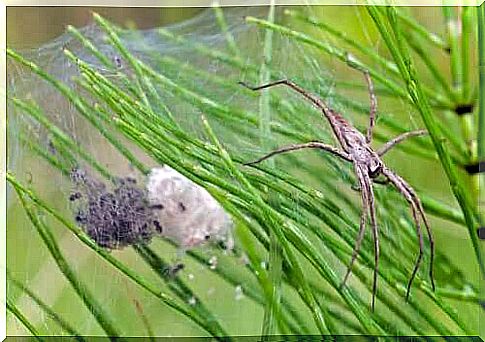
Other animals, such as ducks, cows, frogs or reptiles such as the viper snake ( Natrix maura ) are also in the list of species that make use of paralysis.
This defense technique has not previously been adequately evaluated, although there is evidence at the ecological level and various taxa have been shown to employ this survival strategy.
